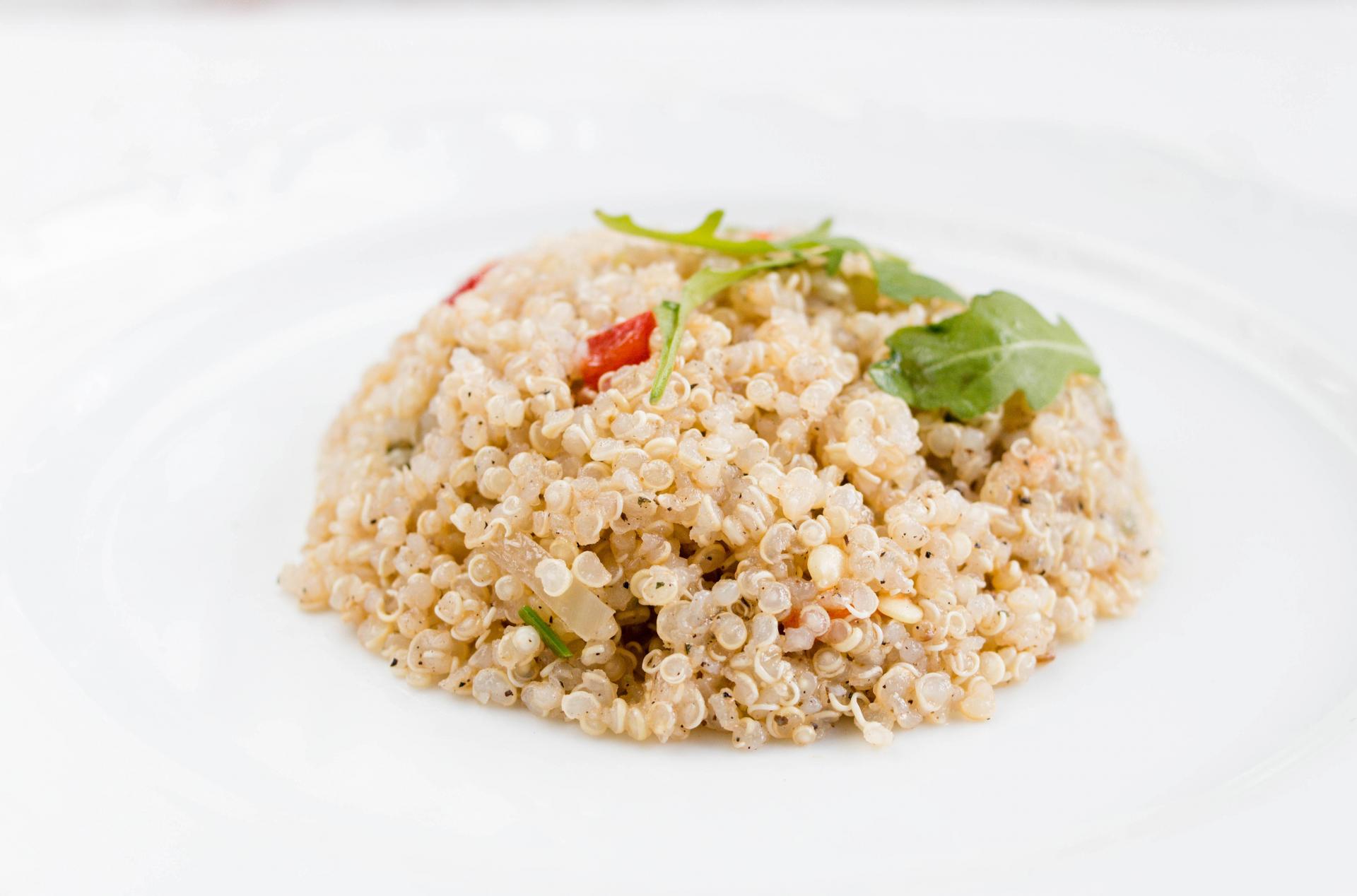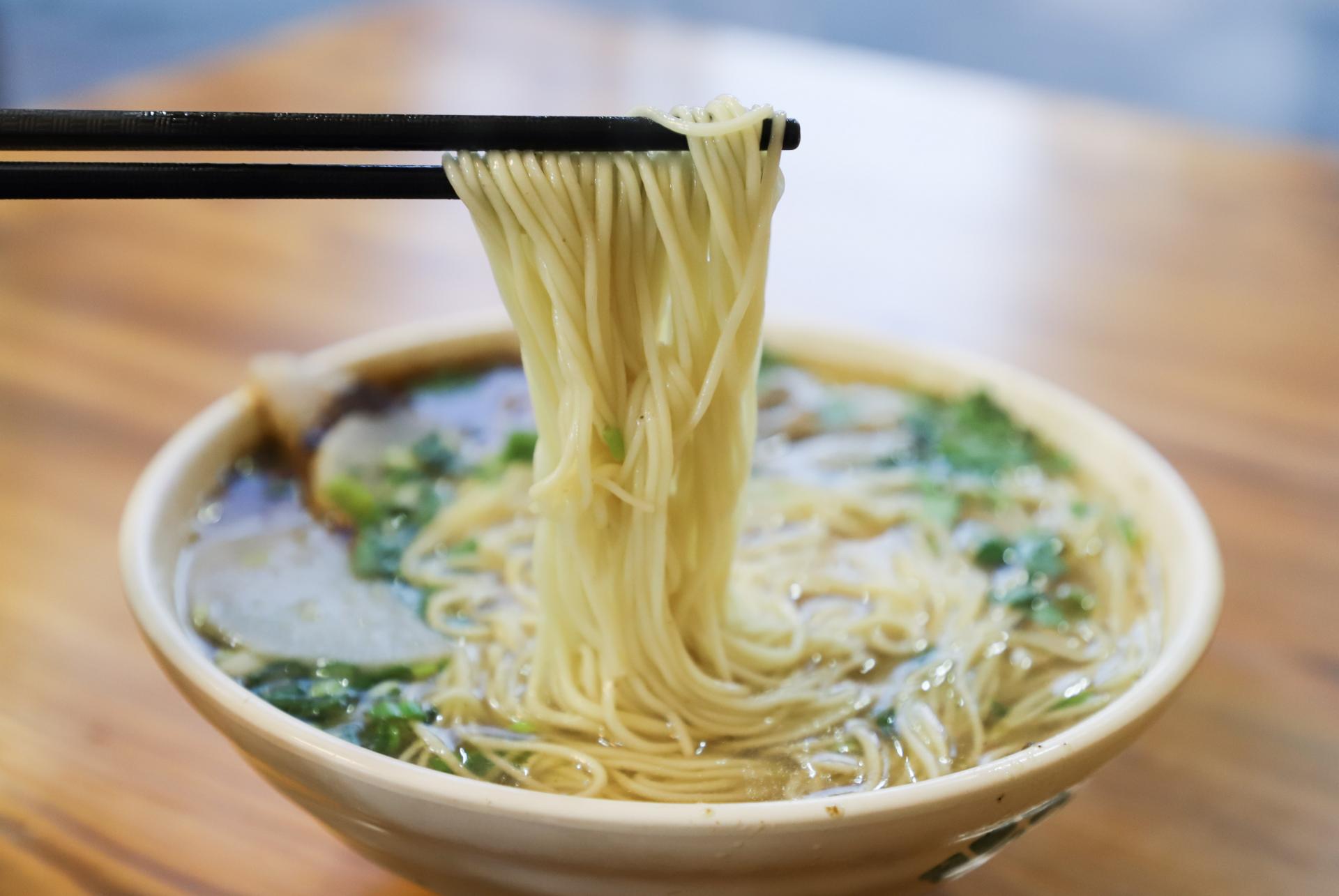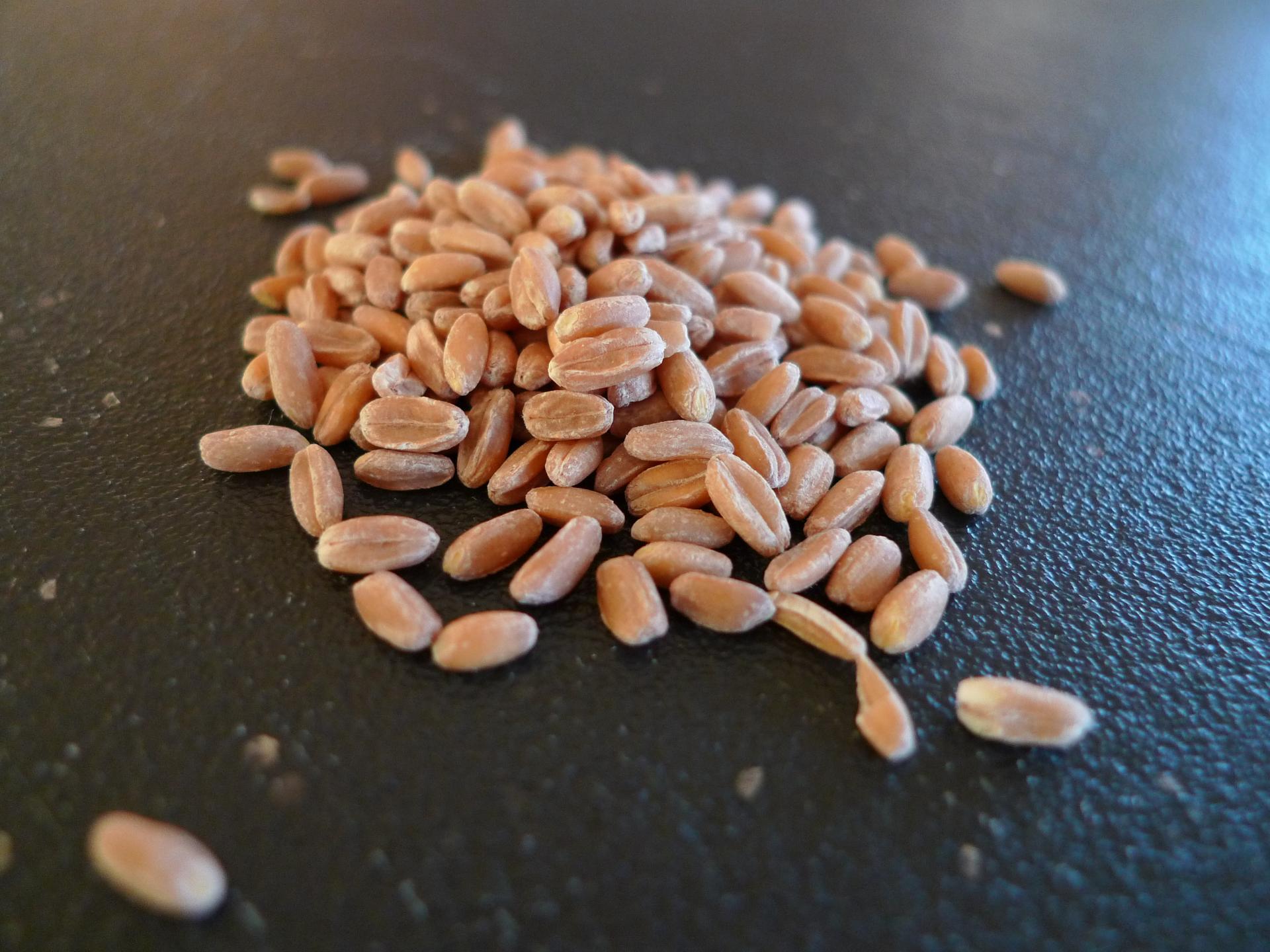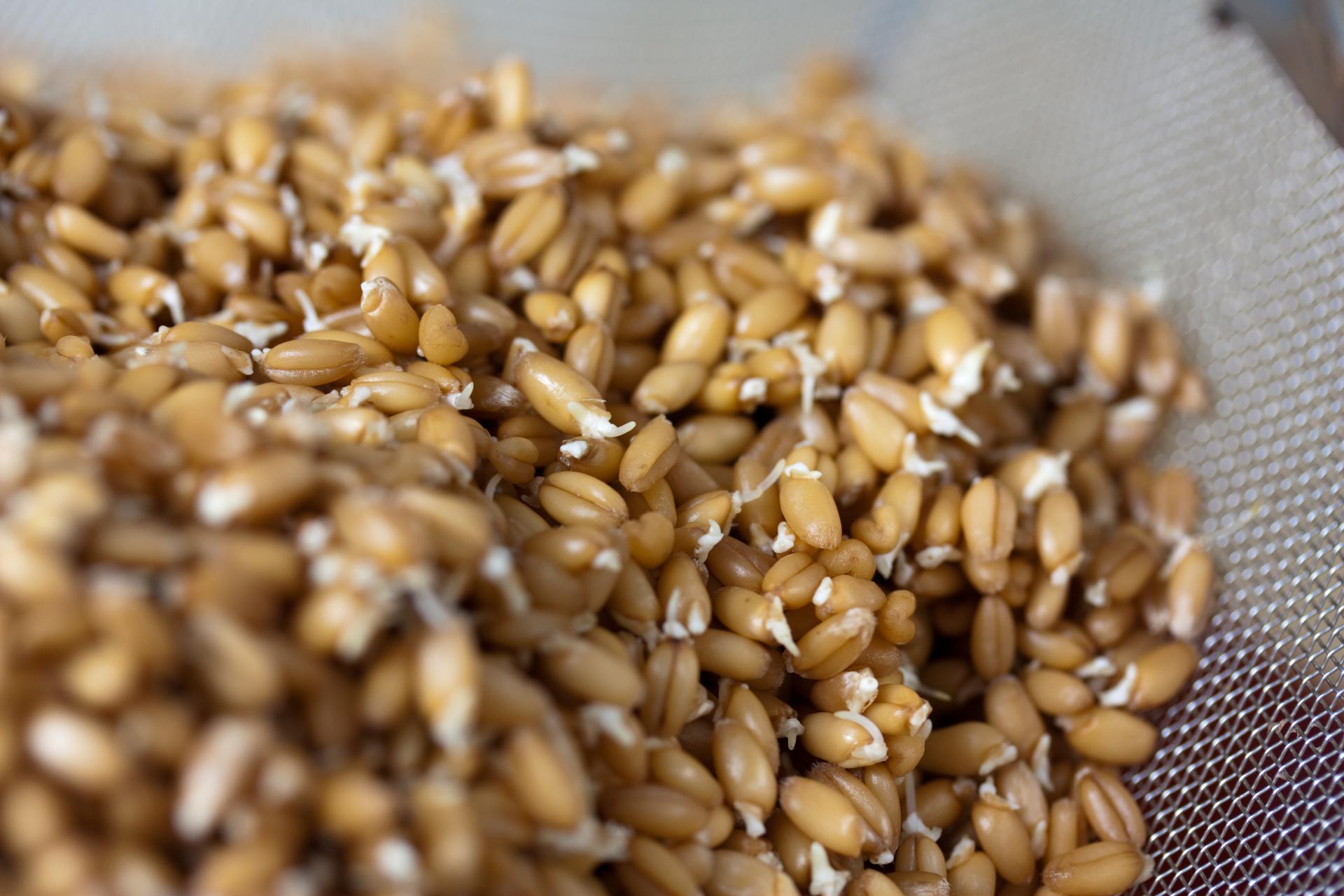6 Healthy Store-Bought Pasta Varieties That Aren’t Whole Wheat

Unsplash/Jorge Zapata
When it comes to making healthy pasta, we’re often told to stick to the whole wheat kind and to avoid noodles made with unrefined white flour at all cost. But it turns out that there are lots of other types of pasta varieties that are just as healthy as boring old whole wheat. Here are six types of healthy pasta that you’ll likely find at your local Trader Joe’s or Whole Foods that’ll help you spice up your next spaghetti dinner.
1. Quinoa Pasta

Flickr/Marco Verch
This popular health food can be ground down into flour to make bread and pasta. Quinoa pasta packs a punch of protein and fiber — a two-ounce serving of the popular Ancient Harvest Quinoa Organic Elbow Pasta has four grams of protein and four grams of filling fiber. What’s more, quinoa naturally doesn’t contain gluten, so quinoa pasta is a good alternative to overly-processed gluten-free pasta for those who follow a gluten-free diet. This healthy pasta alternative is also filled with essential vitamins like Iron, Thiamine (vitamin B1) and Riboflavin (vitamin B2).
Quinoa pasta tastes (almost) as good as the original — it does have that typical nutty flavor of quinoa but it blends well when mixed with popular sauces such as alfredo or marinara. When choosing your quinoa pasta at the grocery store, check the label to make sure that it’s made with 100 percent quinoa flour and that it doesn’t sneak in other ingredients like corn.
2. Brown rice pasta

Pexels/Suzy Hazelwood
Brown rice pasta contains about the same amount of calories and nutrients as whole wheat pasta, but, unlike the latter, brown rice pasta is gluten-free. This pasta is also a healthy alternative for people who can’t eat the whole-wheat kind because of a wheat allergy. A 1/2 cup of brown rice pasta has approximately 210 calories, two total grams of (unsaturated) fat, zero grams of sodium, 43 grams of carbs, zero grams of sugar, one gram of fiber and four grams of protein. It’s definitely less nutrient-dense than quinoa pasta, but brown rice’s slightly milder flavor is more similar to make it taste like OG pasta.
3. Buckwheat Noodles

Pexels/Buenosia Carol
Also known as Soba noodles, this Japanese staple consists of thin noodles made with buckwheat flour. Traditionally, Soba noodles are either served cold with dipping sauces or alongside broth in noodle soups, but you can easily use them in western-style dishes as a healthy pasta alternative.
If you’re looking to cut down on your pasta’s carb and calorie content, buckwheat noodles could do the trick — a one-cup serving of buckwheat noodles has approximately 113 calories and 24 grams of carbs, whereas a typical one-cup serving of whole wheat pasta has 174 calories and 37 grams of carbohydrates. To reap maximum health benefits from this noodle dish, just make sure that you’re only buying varieties made with 100 percent buckwheat flour.
4. Spelt Pasta

Wikimedia Commons
Spelt is a type of “ancient grain” that’s strongly related to wheat but is often considered more nutritious. A 3.5-ounce serving of cooked spelt pasta has 13 percent of your recommended daily intake (RDI) of Niacin (vitamin B3) — one of the vitamins that helps your body convert glucose (sugar) into energy. This pasta variety is also a good source of other B vitamins like Folate, Riboflavin, Thiamine and Vitamin B6. Spelt pasta is high in fiber and protein, making it more filling than traditional white flour pasta. As far as taste goes, spelt pasta has a slightly grittier taste than original spaghetti, so it might be better suited for richer sauces that slightly mask that taste (think tomato and meat-based sauces compared to lighter cream sauces).
5. Sprouted-Grain Pasta

Flickr/Veganbaking.net
The exact grain content in different sprouted-grain pasta brands is likely going to be different, but all sprouted-grain pasta varieties contain grains that have been split open and sprouted — meaning that at the time that they were cultivated they were on the verge of becoming a new plant.
Proponents of sprouted grains claim that our bodies have an easier time absorbing the nutrients in grains that have just begun sprouting. So, although sprouted-grain pasta has a similar nutrient profile to other healthy pasta varieties like whole wheat, it’s likely that our bodies will be able to absorb a higher percentage of the vitamins and minerals that it contains. When shopping for healthy sprouted-grain pasta, make sure that the variety that you choose is made with 100 percent whole grains.
6. Black Bean Pasta

Unsplash/ Milada Vigerova
Black bean pasta is a great alternative for people who are looking for a higher-protein pasta. Since they’re made with black beans, most varieties have a lot more protein per serving than other types of pasta — a two-ounce serving of black bean pasta has about 25 grams of protein, whereas many brands of whole wheat pasta have only 3 grams of protein for the same serving size.
Although most whole-grain pasta varieties have a good amount of fiber, black bean pasta beats most of them with 12 grams of fiber for a two-ounce serving, or 48 percent of your recommended daily intake for fiber. Some healthy black bean pasta brands that you can find at the grocery store include Explore Cuisine Organic Black Bean Spaghetti and Trader Joe’s Organic Black Bean Rotini.
RELATED
Fascinating New Research Says Eating Pasta Doesn’t Make You Fat
6 Reasons Italians Eat All The Cheese And Pasta And Rarely Get Fat
Here’s A Beginner’s Guide To Making Your Own Pasta Without A Pasta Machine











